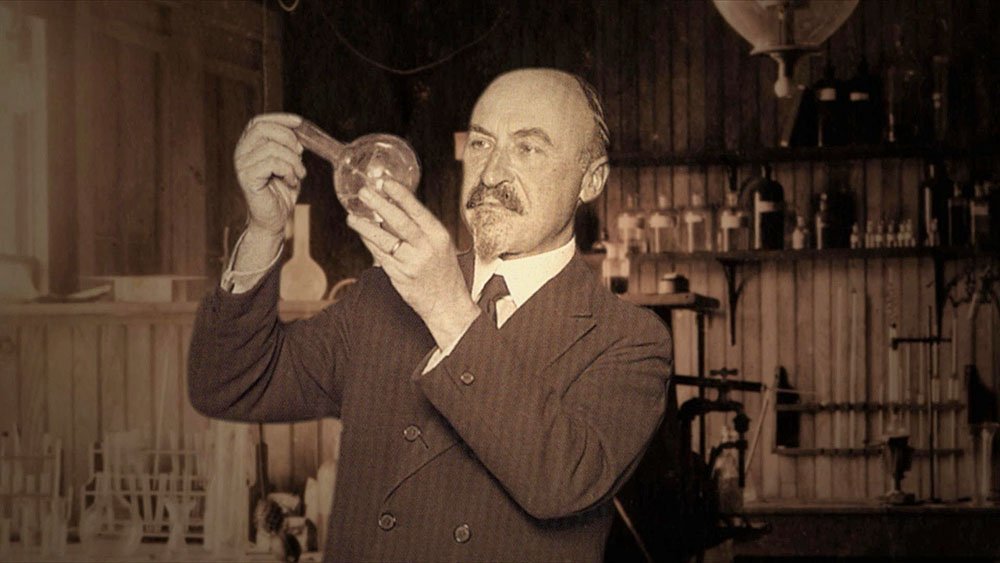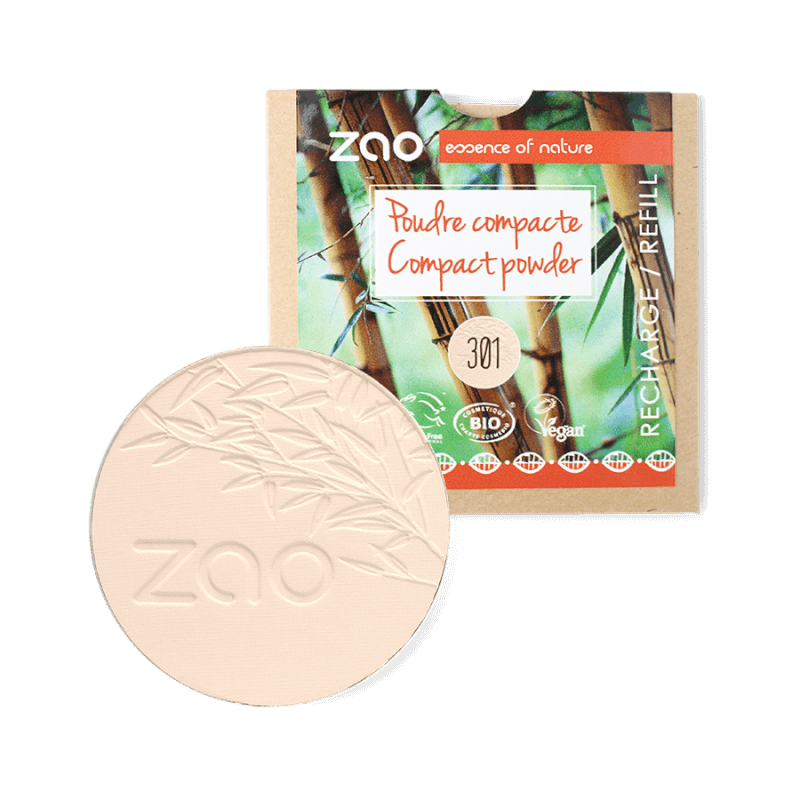Break Up With Plastics with Green little heart
In paid collaboration with Green little heart
Plastic, plastic and plastic. Yes, plastic is in everything and everywhere. Take a look around you and observe what is made of plastic, there are probably more things than you think. We sleep on pillows filled with materials made of plastic, we dress in plastic, brush our teeth with toothbrushes made of plastic, type on plastic keyboards, eat from plastic plates with plastic cutlery and so on. Plastic pollutes our nature, our seas, the air and our bodies. According to studies, we EAT an average of 2,000 microplastic particles per week, which corresponds to a credit card of 5 grams. And recently, plastic has also been found in human blood. Plastic has become such a big part of our lives but now we have come to a point where we MUST put an end to it or at least reduce our plastic consumption. Humans have a toxic relationship with plastic and it is time to change that.
Photo: @shots_of_aspartame
When and how was plastic found?
The plastic material was born in 1907 when the Belgian chemist and marketer Leo Baekeland combined two chemicals: formaldehyde and phenol under heat and pressure, which created a hard and durable material, what we today call plastic. The new material created a materialistic revolution and spread like wildfire around the world as more and more new innovations could be produced from durable materials. In recent decades, plastic has become a large part of the fashion industry. Textile materials such as polyester, acrylic, elastane and nylon are just some of the textiles made from plastic. These "plastic textiles" are widely used by, among others, large clothing chains. These clothes, also called fast fashion, are often cheaper and unfortunately often have a very short lifespan.
Photo: Investors Business Daily
How do we break up with plastic?
A sustainability wave is currently washing over our world, a wave that we know is here to stay. We all have to take responsibility and think a little extra sometimes. Many small changes can actually make a big difference. Below we mention some useful tips and tricks on how you can exclude more plastic in your everyday life and choose kinder alternatives that benefit both your health and the planet we live on.
Plastic free-clothing
All clothes release fibers when they are being washed, but the fleece hoodie, polyester blouse and acrylic cardigan all have one thing in common - they are made of plastic and therefore contribute to the release of microplastics into the environment. Try to invest in natural materials such as linen, wool and cotton and wash only when really needed. We also strongly recommend using a washing bag that catches microplastics in the washing machine and prevents them from damaging the environment, because the fact is that every time you wash a kilo of acrylic fabric (for example a knitted sweater, hat and gloves) 120,000 fibers are released. These fibers run out into our waterways and oceans and damage all living things there. Today, about 60 percent of all fashion products are produced from polyester. But because polyester, or in other words plastic, is made from crude oil, it is a real environmental culprit. Partly because oil is a fossil raw material and partly because the planet is unable to break down the polyester when it becomes waste. The biggest climate culprit when it comes to fashion and textile manufacturing is the production, i.e. sewing, weaving, spinning and dyeing. In addition, production often takes place in countries where the energy comes from fossil sources.
Yuccas Swimwear, PUNCHY – 100% recycled Seaqual fabric and Oeko-Tex certified, 1329 SEK at Green little heart
Reda Paula, Fringed White Linen Kimono Jūra, 1800 SEK at Green little heart
A plastic free-bathroom
Toothbrushes, razors, shampoo bottles and beauty products are probably items we use on a daily basis and more often than not these are made of plastic. Next time you have to renew your toothbrush or buy new shampoo, invest in a Bamboo toothbrush and shampoo in the form of a shampoo cake, because psst, they are SO good! Buying a bamboo toothbrush or an aluminium soap pump can sometimes be more expensive in terms of the purchase price, but in the long run, you benefit from it. They last longer and are better for both people and the planet.
Novaconcept - Hydrophil Solid Hops Shampoo for Dry Hair, 165 SEK at Green little heart
Novaconcept - Hydrophil Toothbrush Extra Soft – Purple, 59 SEK at Green little heart
We are life long AB - Hand Soap Starter Kit – Twin, 368 SEK at Green little heart
Plastic-free make-up
For many, make-up is part of a daily routine and a way of expressing themselves. Finding organic and environmentally friendly make-up products can be a bit of a hassle as the makeup industry is incredibly large. Green little heart has collected a nice selection of make-up and for instance, eye shadows in refill form, which means that when the shadow is finished, you do not have to throw away the container (which in many cases is made of plastic) but save it and then put in your next eye shadow. Super smart! The products from Zao below offer bamboo makeup containers, a durable alternative that also decorates your bathroom or make-up table.
Novaconcept - Zao Refill rectangle Pearly Eye shadow, 95 SEK at Green little heart
Novaconcept - Zao Refill Compact Powder, 145 SEK at Green little heart
Plastic-free vitamins and supplements
Choosing vitamins and supplements in plastic-free jars is a better option as you can significantly reduce your plastic consumption in this way. Paper packaging has no negative effect on the contents and keeps both powder and vitamins fresh.
Wissla of Sweden - Vitamine B12 with rhubarb at Green little heart
Wissla of Sweden - Spirulina tablets, 139 SEK at Green little heart
Does it feel overwhelming to skip or phase out the plastic from your life?
Calm down, take one step at a time. In the end, it will be natural to opt out of plastic for better alternatives. See our top tips on how to get rid of plastic.
Look around and observe what is made of plastic. Do you see anything made of plastic that you know you will soon want to renew? Does this product exist in a plastic-free alternative?
Can you replace anything in your kitchen equipment? Spatulas, plastic spoons or plastic boxes. Choose, for example, a wooden spatula, glass or coconut bowls, etc.
The water bottle! Change to one in glass or metal and make sure to bring your own bottle when you go out on errands. It also saves you money in the long run.
Bring your own bag to the store. For many, it became a symbolic decision when the Swedish government introduced a higher tax on plastic bags. If you bring your own bag, instead of buying a new one in plastic from the grocery store, you have already reduced your plastic impact.
Avoid giving away plastic gifts! Cheap and unnecessary stuff usually end up in a drawer or in the trash. Rather give something more meaningful, like an experience, something that you know the person needs or something edible that you can enjoy together.
Avoid buying clothes made of synthetic materials, instead choose garments made of natural materials. Take care of your clothes, do not wash them too often and use a clothing razor remover or blade to remove fuzziness.
Avoid using disposable items!
Do a good deed and pick up other people's rubbish when you are out strolling in town or in nature. Bring a garbage bag. It may feel strange but believe us, it will feel so good afterwards.
Replace everything in the bathroom that is of disposable material. Bamboo toothbrushes, shampoo cakes and hard soap are better alternatives and you avoid the plastic packaging.
Toys! Avoid buying used plastic toys. In some cases, the toy might have been made when the world did not know better and the plastic contained dangerous substances. Try to invest in wooden toys that are better for the kid’s health.
We can all start our plastic-free journey somewhere. Step by step and together we’re changing the plastic paradigm.











